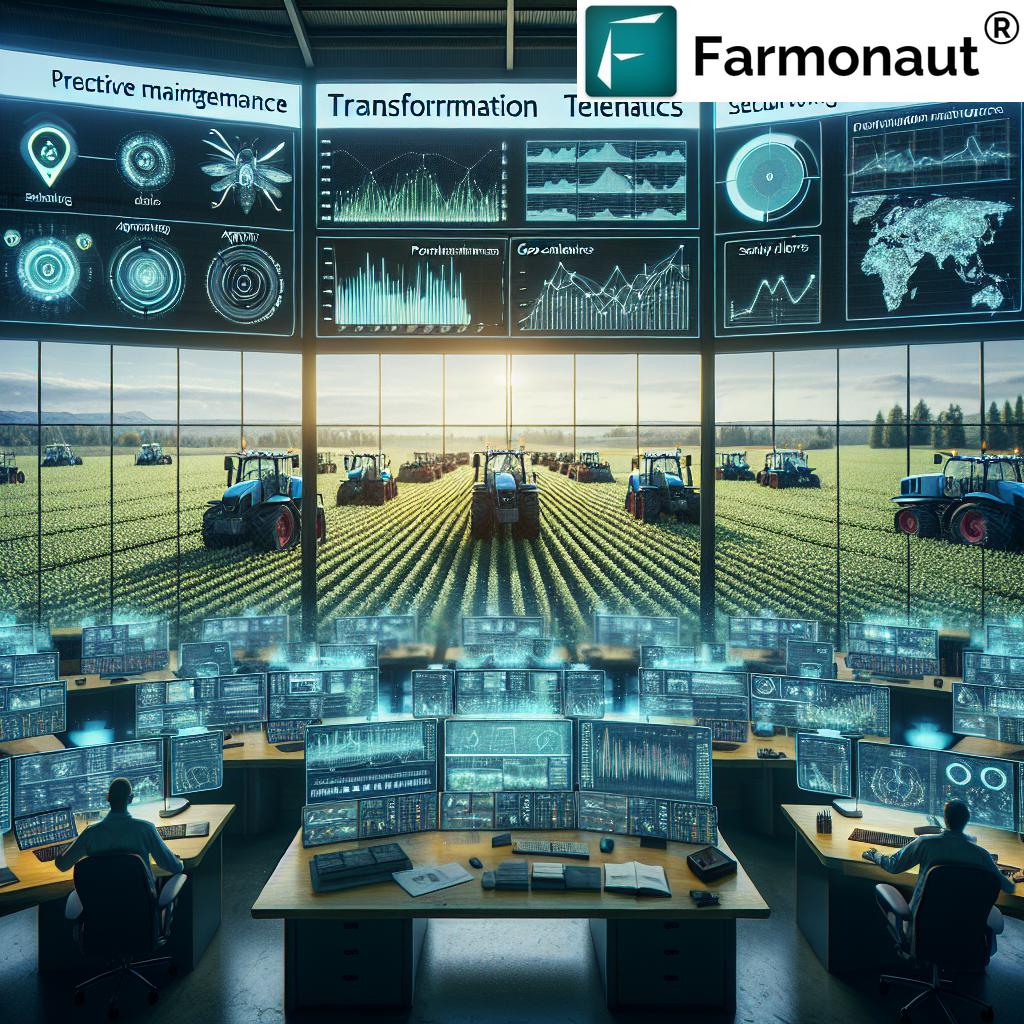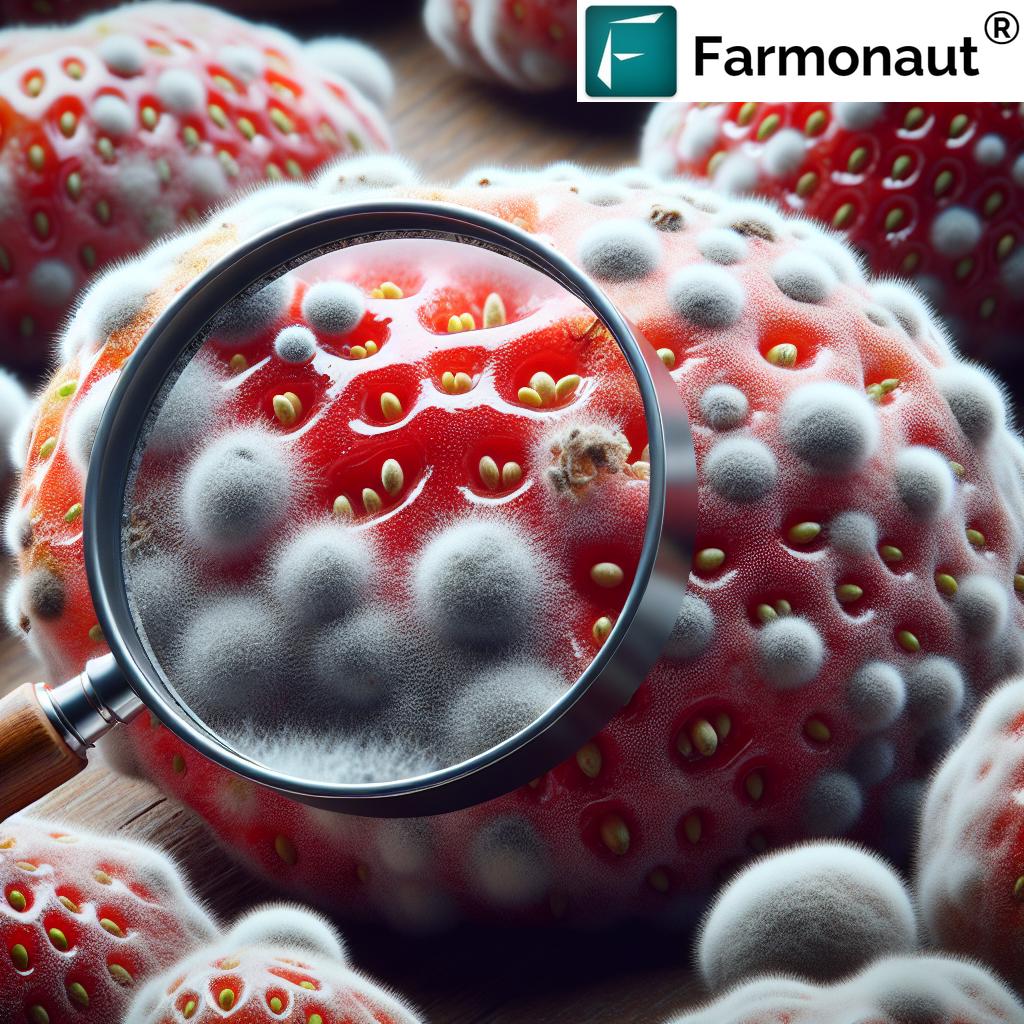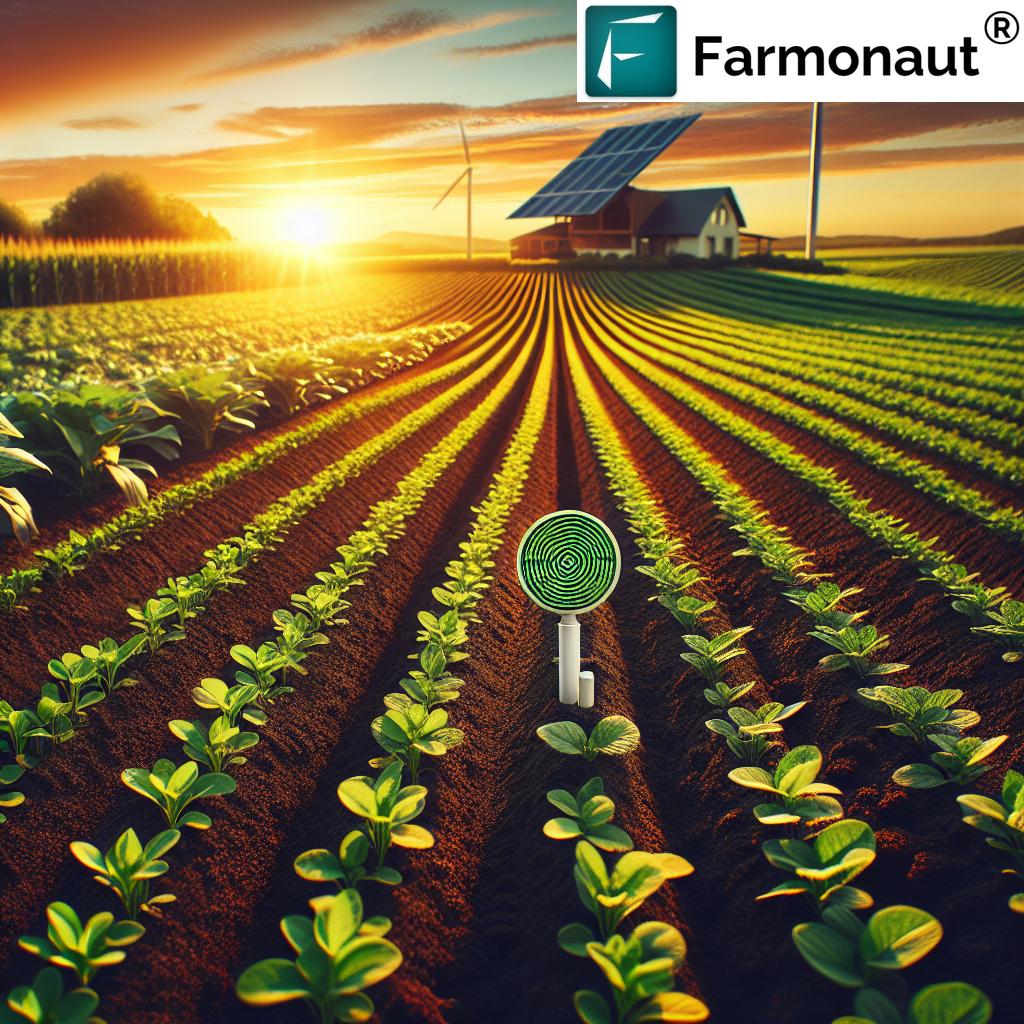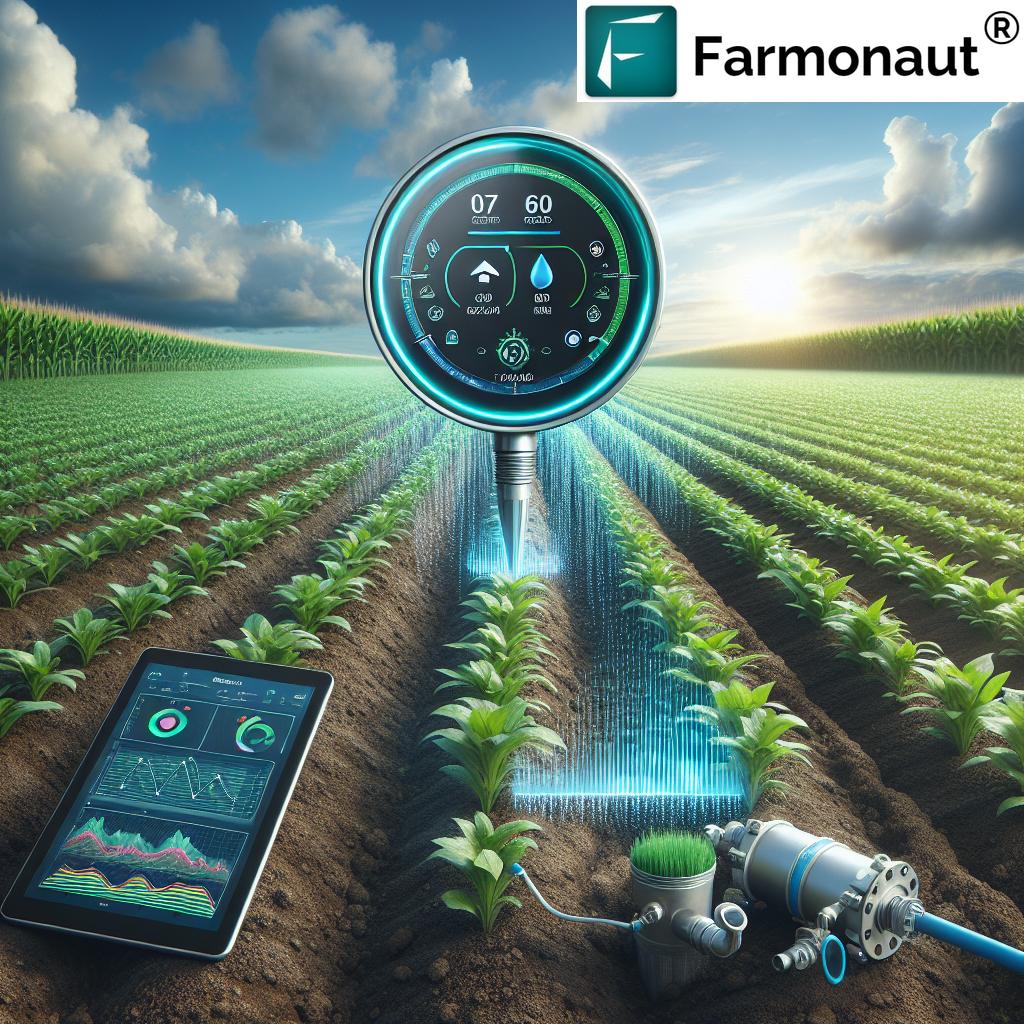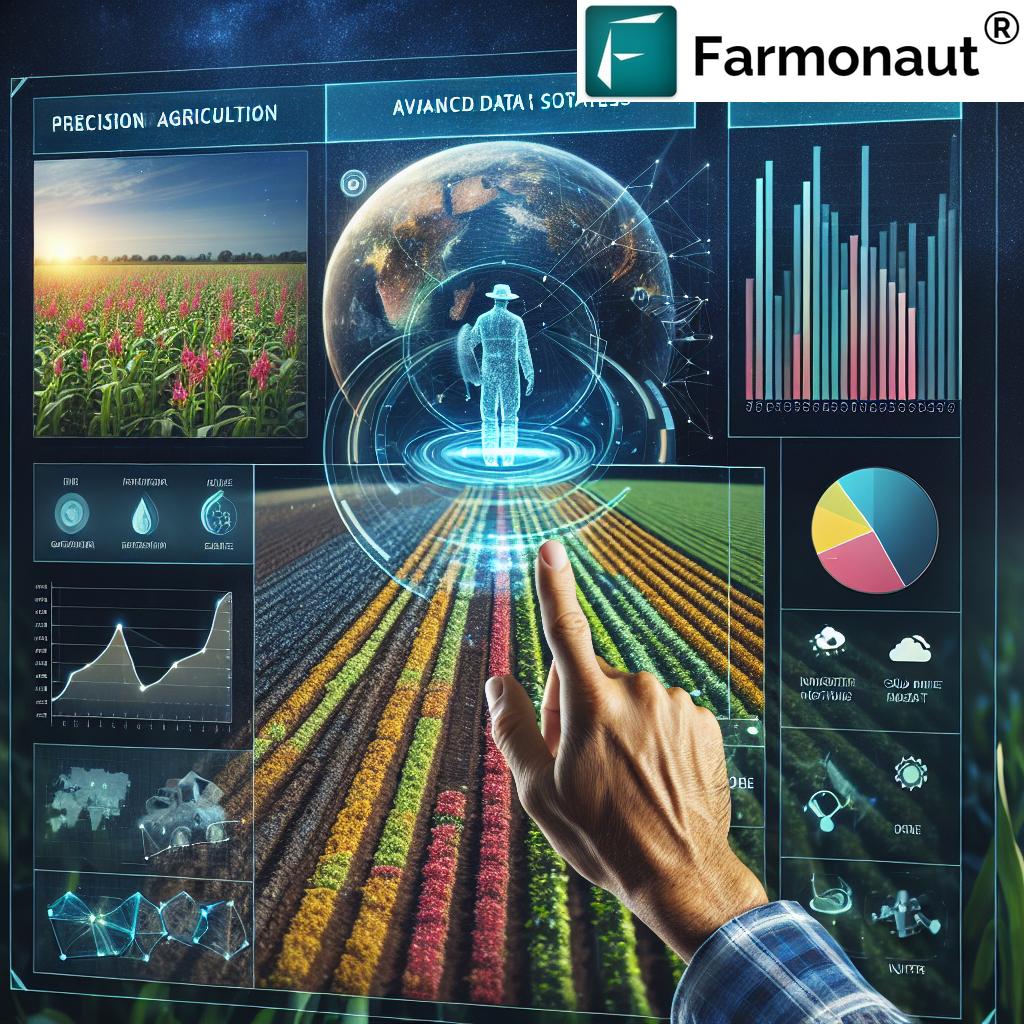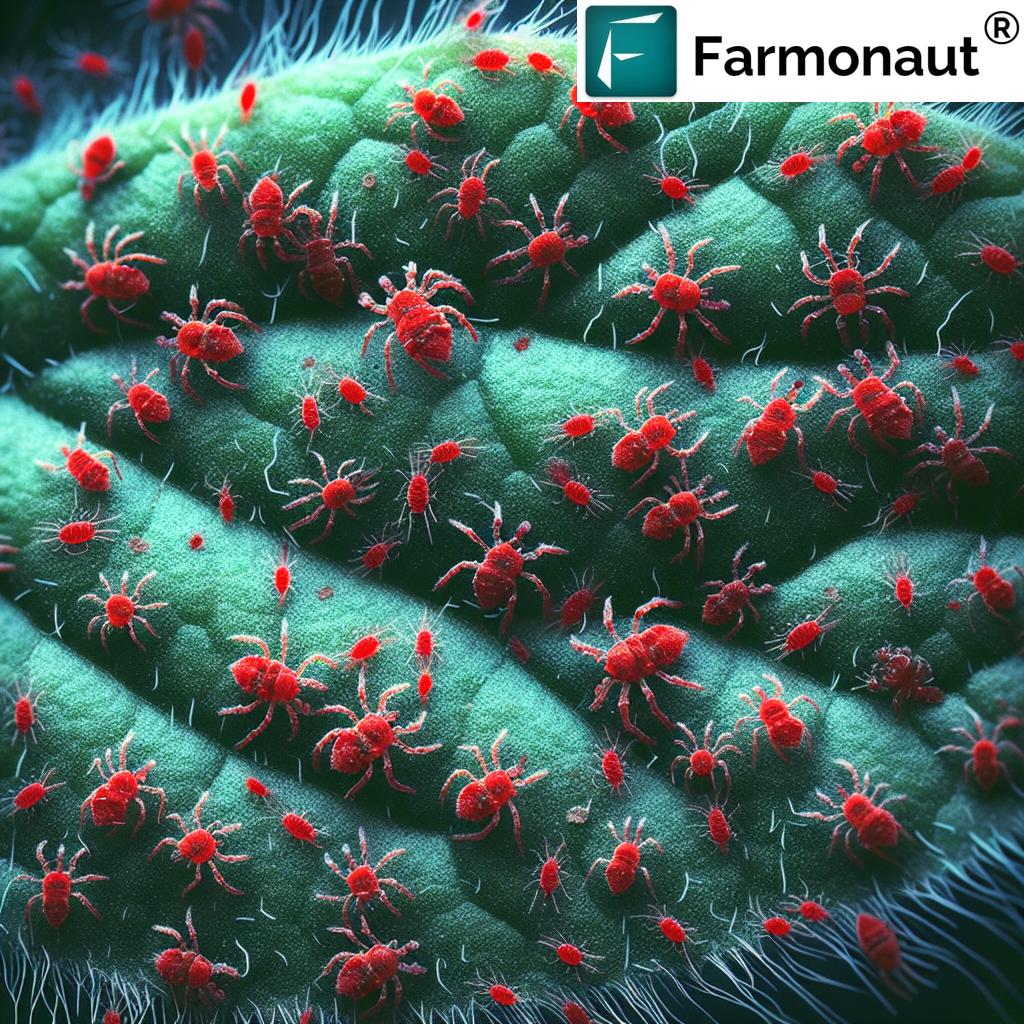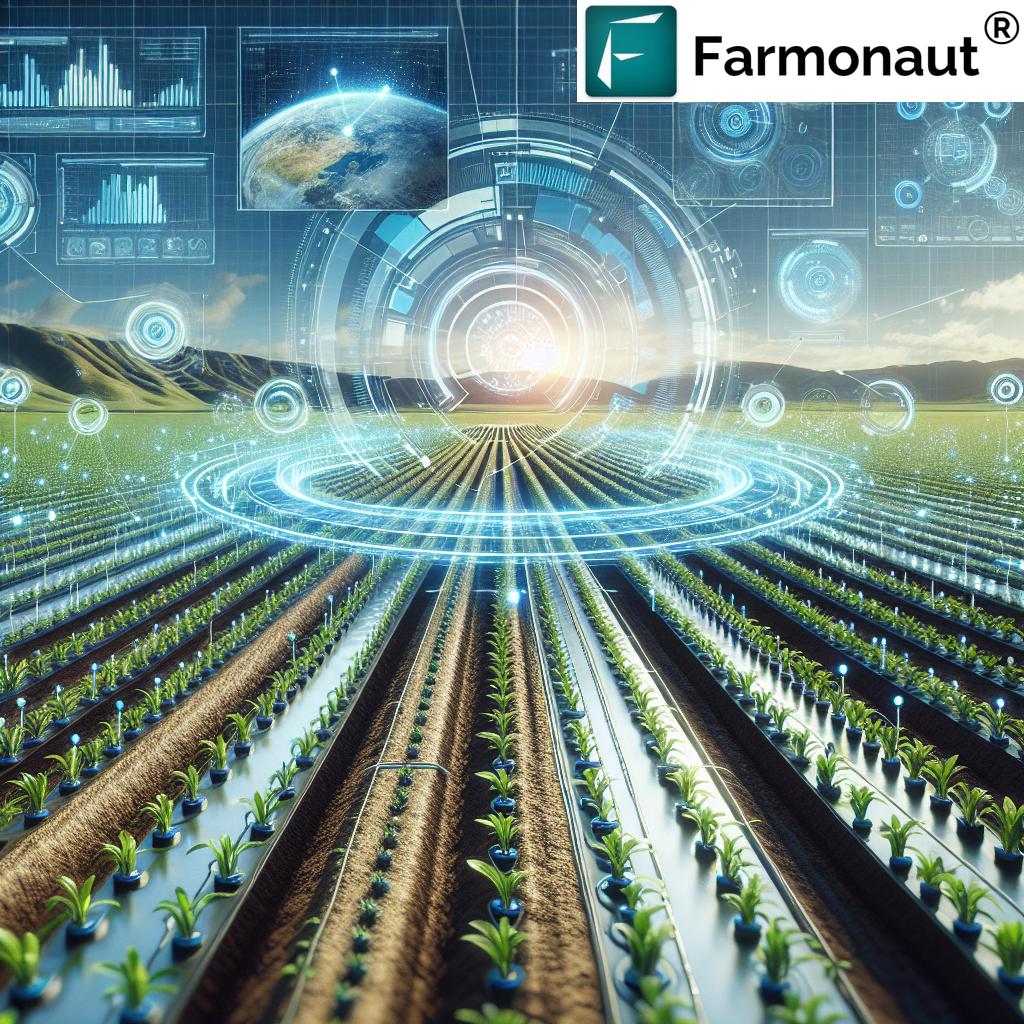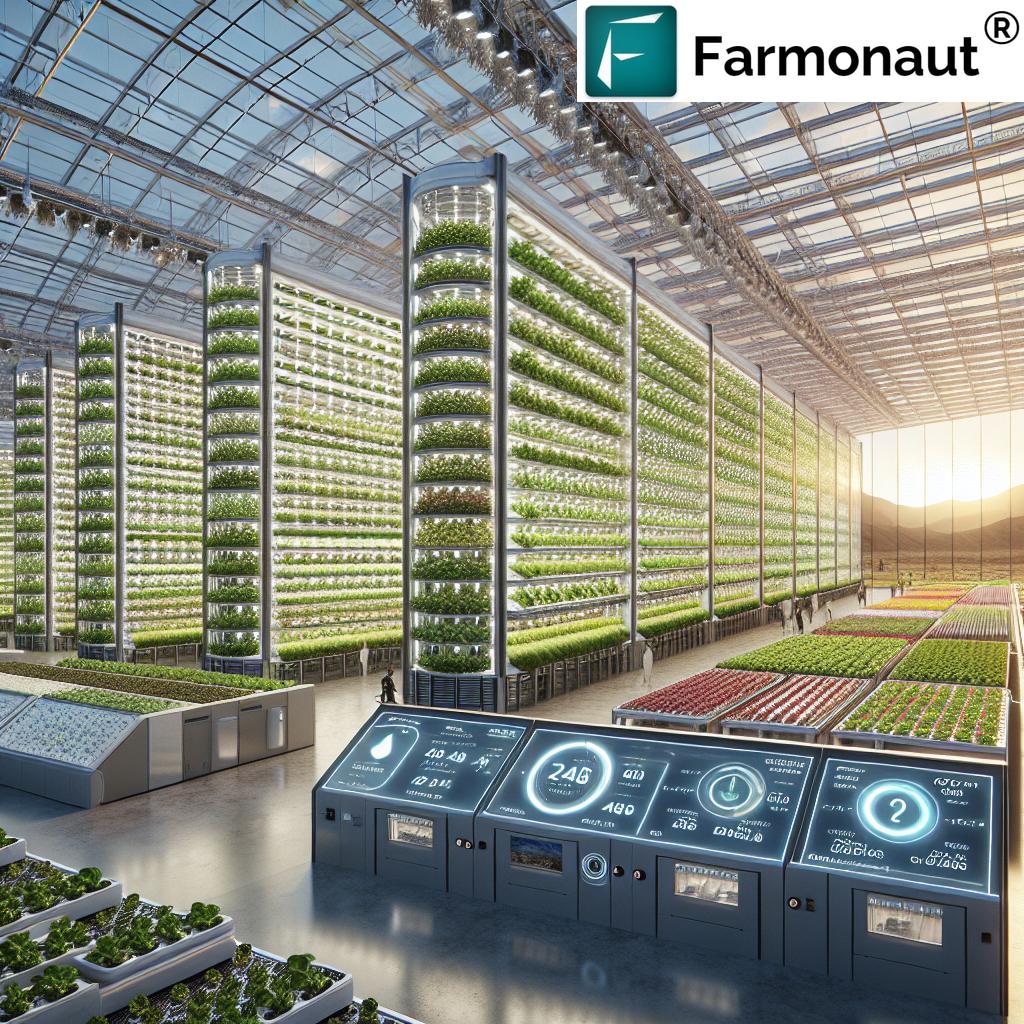Telematics Agricultural Inventions for Farm Efficiency
“Telematics can reduce farm fuel consumption by up to 20% through optimized machinery routes and real-time GPS tracking.”
Introduction: How Telematics Transforms Agriculture
The technological transformation of agriculture is underway, reshaping modern farms with data-driven insights, remote monitoring, and robust connectivity. At the core of this shift lies telematics—the integration of telecommunications and informatics—which offers unprecedented advancements in efficiency, security, and sustainability for farming operations.
From GPS tracking in agriculture to precision analytics and remote diagnostics, agricultural telematics allows farmers and agribusinesses to optimize operations, manage resources effectively, and improve their environmental footprint. In this comprehensive guide, we’ll explore what telematics is, break down its essential components, discuss its numerous benefits, address challenges, review emerging trends, and see how Farmonaut is making advanced technologies accessible for modern agriculture.
Understanding Telematics in Agriculture
Telematics in agriculture refers to the deployment of sensors, GPS systems, and advanced communication technologies to remotely monitor, manage, and optimize equipment, machinery, and field operations. These systems are capable of collecting and transmitting data regarding equipment performance, location, fuel consumption, soil moisture levels, engine diagnostics, weather patterns, and more.
By leveraging the power of real-time data and actionable insights, telematics enables farmers to make better informed decisions, adapt quickly to changing field conditions, and ultimately optimize resource utilization in agriculture.
What Data Do Telematics Systems Capture?
- Equipment and Machinery Performance: Status, operational hours, speed, and health diagnostics
- GPS Location & Movement: Real-time position, routes, and field coverage
- Fuel Consumption and Efficiency: Tracks fuel usage and identifies inefficiencies
- Soil and Environmental Conditions: Soil moisture levels, temperature, and external weather patterns
- Security Alerts & Geofencing: Setting virtual boundaries (geofences), notifications for unauthorized equipment movement
- Resource Utilization and Scheduling: Idle times, operational overlaps, and operator productivity
“Precision agriculture technology increases crop yields by an average of 15% using advanced telematics and data-driven field management.”
Key Components of Agricultural Telematics
The rise of telematics in farming is largely driven by the integration of a series of interconnected technologies and systems. The following are the main components fueling the adoption of agricultural telematics:
1. GPS Tracking and Farm Equipment Fleet Management
By equipping agricultural machinery with GPS devices, farmers can monitor the real-time location and movement of tractors, harvesters, and other equipment. This capability ensures more efficient scheduling of tasks, reduces idle times, and optimizes equipment utilization across large farms or plantation estates.
- Prevents misuse and unauthorized operation of assets
- Farm equipment tracking also boosts accountability and prevents theft
- Facilitates optimized field coverage for maximum productivity
- Essential for Fleet Management solutions, improving resource allocation and logistics
2. Remote Monitoring and Predictive Maintenance for Farm Machinery
Telematics systems enable the remote monitoring of farm machinery, including engine diagnostics, operational hours, and fuel consumption. The result is effective predictive maintenance for farm machinery—anticipating issues and conducting repairs before costly breakdowns occur. This process extends equipment lifespan and reduces long-term maintenance cost.
- Monitors critical machinery health metrics remotely
- Enables data-driven decisions for fleet repair prioritization
- Facilitates scheduling of routine maintenance to proactively address potential issues
- Reduces downtime and extends machine lifespan
3. Geofencing, Security, and Theft Prevention
Setting up virtual boundaries—or geofences—around fields or facilities provides a powerful tool for security and operational oversight. Alerts are triggered if equipment enters or exits these defined areas, preventing unauthorized operation and theft, and ensuring that machinery operates only within designated zones for optimized field operations.
- Helps enforce access controls over expensive agricultural machinery
- Supports field safety compliance and operational efficiency
4. Integrated Data Analytics and Decision Support
The true value of agricultural telematics comes from the analytics applied to collected data. With advanced decision support systems, farmers and managers analyze equipment performance, fuel efficiency, utilization patterns, and operational data to continually optimize their farming strategies.
- Improved crop yields by identifying high-performing zones and resource bottlenecks
- Real-time adjustment of inputs (water, fertilizer, seed spacing) through precision agriculture technology
- Supports optimized resource utilization in agriculture and eco-friendly decisions for sustainability
5. Seamless System Integration and Connectivity
Modern agricultural telematics relies on strong connectivity via cellular, satellite, and low-power wide-area networks (LPWAN). These connections securely transmit data between remote equipment and cloud-based analytics platforms. Seamless integration allows for automated workflows and interoperability with other farm management tools and ERP systems.
- Centralizes all machine, agronomic, and environmental data to a single access point
- Supports mobile and web-based applications for farm management on the go
- API access, such as the Farmonaut Satellite API, enables integration with enterprise solutions
For developers, Farmonaut API Developer Docs provide detailed information on integrating real-time weather and satellite data into third-party platforms.
Benefits of Telematics in Agriculture
Modern telematics solutions provide a wide range of advantages by empowering farmers and agricultural businesses to become more efficient, cost-effective, secure, and sustainable. Let’s examine the core benefits:
Enhanced Operational Efficiency
- Real-time monitoring boosts efficiency and productivity
- Reduced downtime via predictive alerts and timely maintenance scheduling
- Smarter scheduling informed by usage patterns and field conditions
- Optimized resource allocation leads to higher overall yields
Significant Cost Savings
- Lower fuel consumption by optimizing routes and reducing machine idling
- Decrease in repair and replacement costs due to improved maintenance and extended lifespan
- Elimination of equipment misuse and unauthorized usage lowers operating expenses
- Automated reporting and compliance reduce manual labor costs
Improved Safety and Security
- Telematics in farming operations enables live diagnostics to spot dangerous equipment issues
- Geofencing and real-time alerts prevent theft and unauthorized operation (agricultural machinery security systems)
- Automated logging for operator accountability improves workplace safety standards
Environmental Sustainability
- More efficient fuel and chemical application reduces emissions and operational waste
- Integration with carbon footprinting tools supports climate-smart, eco-friendly decision-making
- Optimizing water and fertilizer input according to soil needs ensures sustainable production practices
Data-Driven Decision-Making
- Precision agriculture technology enables users to analyze information and quickly adapt to shifting field conditions
- Historical data supports trend analysis for crop selection and resource investments
- Supports implementation of best practices for farm management
Impact of Telematics Technologies on Farm Efficiency – A Comparative Table
| Telematics Technology | Main Functionality | Estimated Efficiency Improvement (%) | Estimated Cost Savings per Acre (USD) | Security Enhancements | Environmental Impact |
|---|---|---|---|---|---|
| GPS Tracking | Real-time monitoring of machine location, route optimization | 15–20% | $10–20 | Reduces risk of theft, unauthorized use, and improper field entry | Up to 20% reduction in fuel consumption & emissions |
| Fleet Management Software | Centralized planning, scheduling, and asset allocation | 12–18% | $8–15 | System alerts for unplanned movement, operator accountability | Lowers resource wastage, optimizes field passes |
| Remote Sensors | Collects and transmits soil/environmental data | 10–14% | $5–12 | Monitors off-site sites for tampering or anomalies | Improved irrigation saves water and energy use |
| Predictive Maintenance Systems | Proactive scheduling and breakdown prevention | 7–12% | $4–10 | Monitors for hazardous faults, increasing operator safety | Extends equipment life, reduces emissions from breakdowns |
| Geofencing | Creates virtual zones, triggers alerts for boundary breaches | 9–13% | $3–8 | Prevents theft and usage outside assigned field areas | Reduces unnecessary field passes & associated emissions |
| Integrated Analytics Platforms | Aggregates and analyzes all operational data for insights | 15–25% | $12–22 | Centralized audit trails and access control | Enables precise resource application, supporting sustainability |
Challenges and Considerations in Telematics Adoption
While telematics offers compelling advantages, there are some challenges and considerations critical for successful implementation in agriculture and forestry:
- Data Security and Privacy: With vast quantities of sensitive data being transmitted and stored online, cybersecurity becomes a top priority. Strong encryption, secure authentication, and regular vulnerability assessments are essential.
- Connectivity Limitations: Many farms are located in remote, rural areas where network coverage may be limited. Upgrading infrastructure with satellite or low-bandwidth options can help bridge this gap.
- Initial Investment and Cost of Implementation: High-quality telematics systems may require a significant upfront investment. However, long-term cost savings, efficiency gains, and productivity improvements can quickly offset expenditures—even for small and medium farmers.
- Change Management and Skill Training: Staff and operators must be trained to embrace new technologies, analytics platforms, and digital processes. Ongoing support ensures that systems are used efficiently and to their full potential.
Best Practices for Overcoming Telematics Challenges
- Implement multi-factor authentication and data encryption on all devices and platforms
- Choose solutions that work offline or in low-connectivity settings
- Leverage partnerships with vendors who offer training and scalable pricing models
- Evaluate ROI regularly to optimize fleet size and service levels
For organizations seeking better financial tracking and operational transparency, Farmonaut’s traceability solutions can help secure the supply chain, and satellite-based crop loan and insurance verification improves access to agricultural financing.
Future Trends in Telematics for Agriculture
The future of agricultural telematics is set for rapid evolution as technological advancements and increased digital integration reshape the way we farm. Emerging trends include:
- Deeper Integration with Precision Agriculture Technology: Coupling telematics with variable-rate tech and automated machinery for even greater operational precision
- AI and Machine Learning Adoption: Applying advanced algorithms to large datasets for actionable insights, such as predicting equipment failures, optimizing input allocation, or adapting to climate change patterns
- Expanded Connectivity: Rollout of 5G, edge computing, and satellite communication making robust telematics available even in the most remote agricultural locations
- Sustainability-Driven Innovations: Tracking carbon emissions and resource footprints, as seen in Farmonaut Carbon Footprinting solutions, delivering measurable environmental compliance and performance
- Mobile-Centric Tools: Integration with mobile and web applications supporting on-the-go farm management and rapid data access
- Blockchain-Based Systems: Enhancing transparency, supply chain security, and traceability for both suppliers and end consumers
Learn more about blockchain in agriculture on the Farmonaut Traceability Product Page.
Farmonaut: Making Precision Agriculture Affordable & Accessible
At Farmonaut, we are committed to democratizing access to the latest telematics, satellite imagery, and AI-driven farm management solutions. Our platform is designed to seamlessly integrate cutting-edge technologies with traditional farming practices, offering substantial benefits to farmers, agribusinesses, governments, NGOs, and corporate clients everywhere.
Farmonaut’s Key Technologies
- Satellite-Based Crop Health & Soil Monitoring: We deliver multispectral satellite imagery to monitor crop health, soil moisture levels, and vegetation indices—so farmers receive actionable data for smarter irrigation, fertilization, and pest management, increasing yields and minimizing waste.
- Jeevn AI Farm Advisory: Our AI-powered advisory system uses satellite and meteorological data to generate personalized, real-time recommendations on weather, crop management, and efficiency strategies. This boosts productivity with minimal manual intervention.
- Fleet and Agricultural Resource Management: With our fleet management module, users track machinery, vehicles, and logistics to ensure assets are used safely and cost-effectively.
- Blockchain Traceability: Our blockchain-based product traceability platform eliminates supply chain fraud and enhances transparency, from seed to shelf.
- Carbon Footprinting: Measure and reduce your environmental impact with real-time carbon tracking tools for entire agricultural operations.
Accessible & Scalable Solutions
- Subscription-based, Modular Platform: Choose only the features and area of coverage that fit your operations, with flexibility for individual farmers, large-scale agribusinesses, governments, and research agencies.
- Multi-Platform Access: Farmonaut is available on Android, iOS, web browser, and API (API access here), enabling real-time data and operations management on any device, from anywhere.
- User-Friendly App Integration: Start monitoring and managing your farms instantly via:
Serving a Diverse Agricultural Ecosystem
Our platform serves a broad spectrum of users:
- Small & Medium-Sized Farmers: Make real-time, data-driven decisions for every hectare, affordably.
- Large Agribusinesses: Monitor vast fields, schedule fleets, coordinate teams, and maximize output with satellite and AI-powered systems.
For large operation control and policy implementation, check Farmonaut’s Agro Admin App. - Government, NGOs, & Institutions: Implement large-scale farm monitoring, improve subsidy distribution, and support sustainable agri-initiatives.
- Supply Chain & Corporate: Boost end consumer trust with blockchain traceability and sustainability reporting.
Frequently Asked Questions: Telematics in Agriculture
-
What is agricultural telematics?
Agricultural telematics refers to the integration of telecommunications, informatics, sensors, and communication systems to remotely monitor, manage, and optimize equipment and farming operations through real-time data collection and analytics. -
How does GPS tracking in agriculture improve efficiency?
GPS tracking enables farmers to view machine locations, optimize field routes, cut down idle time, prevent unauthorized use, and increase resource utilization, resulting in less fuel consumption and increased productivity. -
What is geofencing and how does it protect agricultural machinery?
Geofencing creates virtual boundaries around specific areas. When equipment enters or exits these boundaries, automated alerts help prevent theft, misuse, and ensure that machinery operates only in permitted locations, boosting overall security. -
In what ways is telematics data used for predictive maintenance?
Telematics systems remotely monitor engine diagnostics, operational hours, and machinery health, allowing for maintenance to be scheduled proactively—preventing costly breakdowns and prolonging equipment lifespan. -
What are the challenges of deploying telematics in rural areas?
Connectivity is the main barrier. Innovative solutions like satellite communications and LPWAN ensure even the remotest farms can benefit from telematics-driven insights. -
How does Farmonaut help farmers leverage telematics?
We provide affordable, satellite-based crop monitoring, fleet management, AI advisory, traceability, and sustainability tools via apps and APIs—making data-driven precision agriculture accessible to all. -
Is telematics suitable for small-scale farms, or only large agribusinesses?
Telematics solutions can be scaled to fit farms of any size. Our flexible subscription model allows even individual farmers or small collectives to benefit from precision data and smart fleet/resource management. -
How can farmers access Farmonaut’s telematics solutions?
Easily through our web platform, or by downloading our Android or iOS mobile app.
Conclusion: The Role of Telematics in the Next Generation of Farming
Telematics has emerged as a foundational technology in the evolution of agriculture. By providing a robust blend of real-time monitoring, GPS tracking, predictive maintenance, and actionable data analytics, these systems drive greater efficiency, security, and sustainability than ever before. As we move toward even greater integration with AI, machine learning, and blockchain traceability, the transformative impact of telematics will only grow.
At Farmonaut, our mission is to ensure that these telematics technologies—once exclusive to large-scale operations—are now available to all, democratizing precision agriculture and empowering every farmer with affordable, accessible, and scalable solutions. By harnessing the power of advanced data, remote monitoring, and intelligent analytics, the future of farming is efficient, safe, and sustainable.


